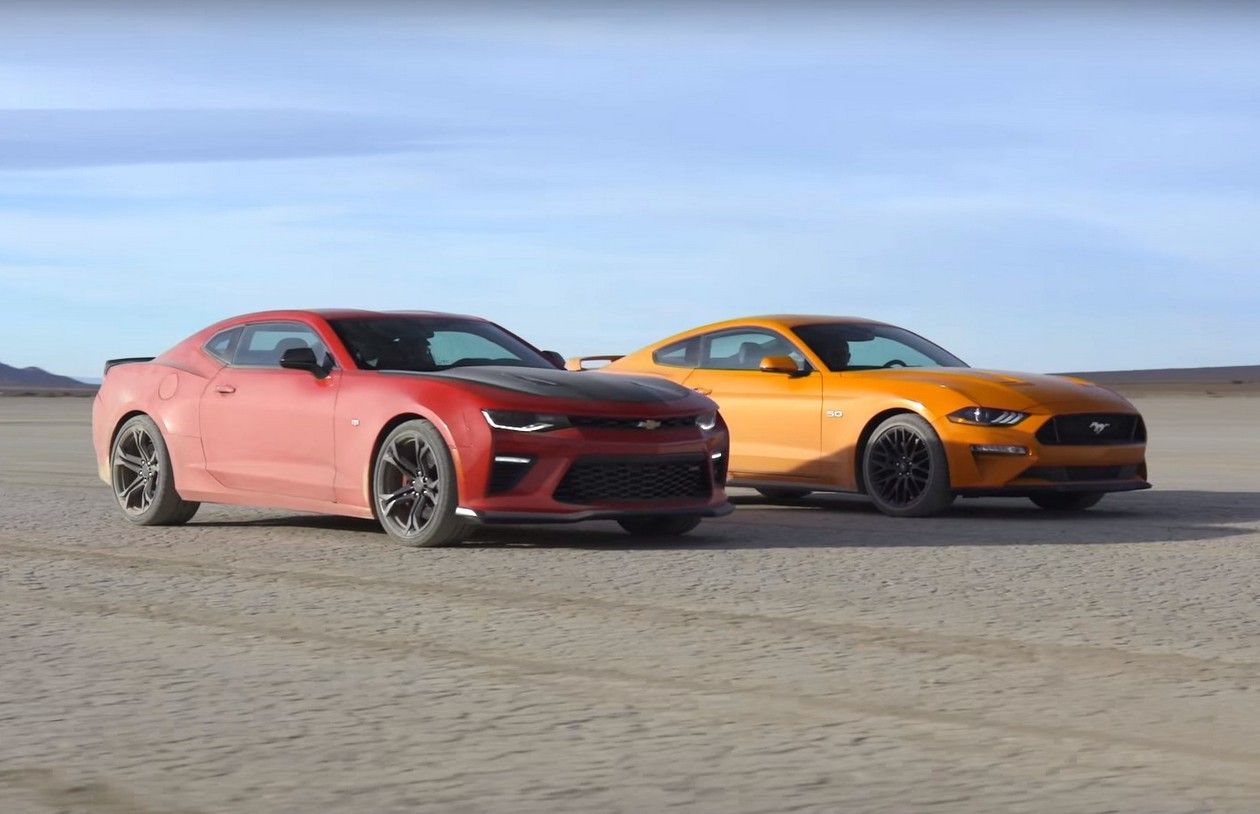
Chevrolet Camaro - tame the Mustang ...
The 60s were the golden age of the American automobile industry. Just when most of the so-called "baby boomers" (the generation born right after the end of World War II) came of age and began to look for their own "four wheels", manufacturers such as Ford, Chevrolet and Pontiac introduced the most coveted models of their cars.
Cult, predatory and extremely stylish - just right for a young, self-confident and sometimes even arrogant generation of liberated Americans.
Undoubtedly, the Mustang, the 1964 Ford Mustang, which was considered by many to be one of the most stylish and desirable cars in the world, set the tone for the then automotive fashion. Many tried to cope with Ford in the struggle for a buyer. Ford's biggest rival, Chevrolet, had a Corvette in stock, but that model's exclusivity and consequent price meant that the sporty Chevrolet had no chance in battling the low-priced Ford for the bottom buyer. So executives accountable to GM Chevrolet decided to build an entirely new model that would take a significant market share from Ford. Thus was born the Camaro, a car with a mysterious-sounding name that the Americans did not associate with anything. Something was mentioned about French roots (“friend”, “comrade”), but marketers in the ranks of Chevrolet definitely found a more unexpected explanation. To the question of one of the journalists “What is a Camaro?” one of them replied: "This is such a vicious animal that eats Mustangs!"
The first generation Camaro, born in 1967, debuted on the market on September 29, 1966. Around the same period, the Pontiac Firebird, identical in design, appeared on the market, which shared with the Camaro not only the bottom, but also most of the details.
The '67 Camaro is a two-seater coupe (maybe a convertible) with aggressive body lines, with a very long hood characteristic of those times. Under the hood of a sports coupe, produced before 1969, very powerful gasoline engines could operate, the most popular of which was a 8-liter V5.7 engine with a capacity of 255 - 295 hp.
The second generation of the model, released in February 1970 and running for 12 years, featured much more aggressive styling, with a pronounced predatory nose and gorgeous coupé lines. During production, the car underwent many changes, including significant stylistic changes.
In 1982, the third generation of the model was introduced to the market, characterized by a magnificent classic shape and modern style at the same time. The distinctive, predatory headlights of the '82 model delighted Americans until 1992, when the car was discontinued.
In 1993, Chevrolet introduced the next, fourth generation of the "Mustang Eater", the style of which followed the best American models. The new Camaro took a handful of... Corvette, which further opened up the prestige of the Chevrolet sports coupe. The V-shaped 5.7-liter V-XNUMX that made its debut in Chevrolet's most famous sports car is also under the hood of the Camaro. Predatory, aggressive styling, combined with excellent driving performance and a pleasantly decorated interior, made masses of Americans fall in love with the IV generation Camaro. The Canadian-built Camaro could be equipped with a manual six-speed transmission for the first time in history.
In 2002, Chevrolet announced its decision to discontinue production of the 2006 generation Camaro. For fans of the model, the lack of details about the successor was a bitter pill to swallow. And we had to wait until 2009, when the first official photos of a new, even more spectacular Camaro appeared. Production began in '23, and the Camaro, with its handsome, muscular silhouette reminiscent of the first and second generation models, became a bestseller overseas. And in general, as always, an excellent price hit of sales - prices start at 65 thousand. dollars, or about thousands. zlotys! By comparison, the Corvette costs at least twice as much.